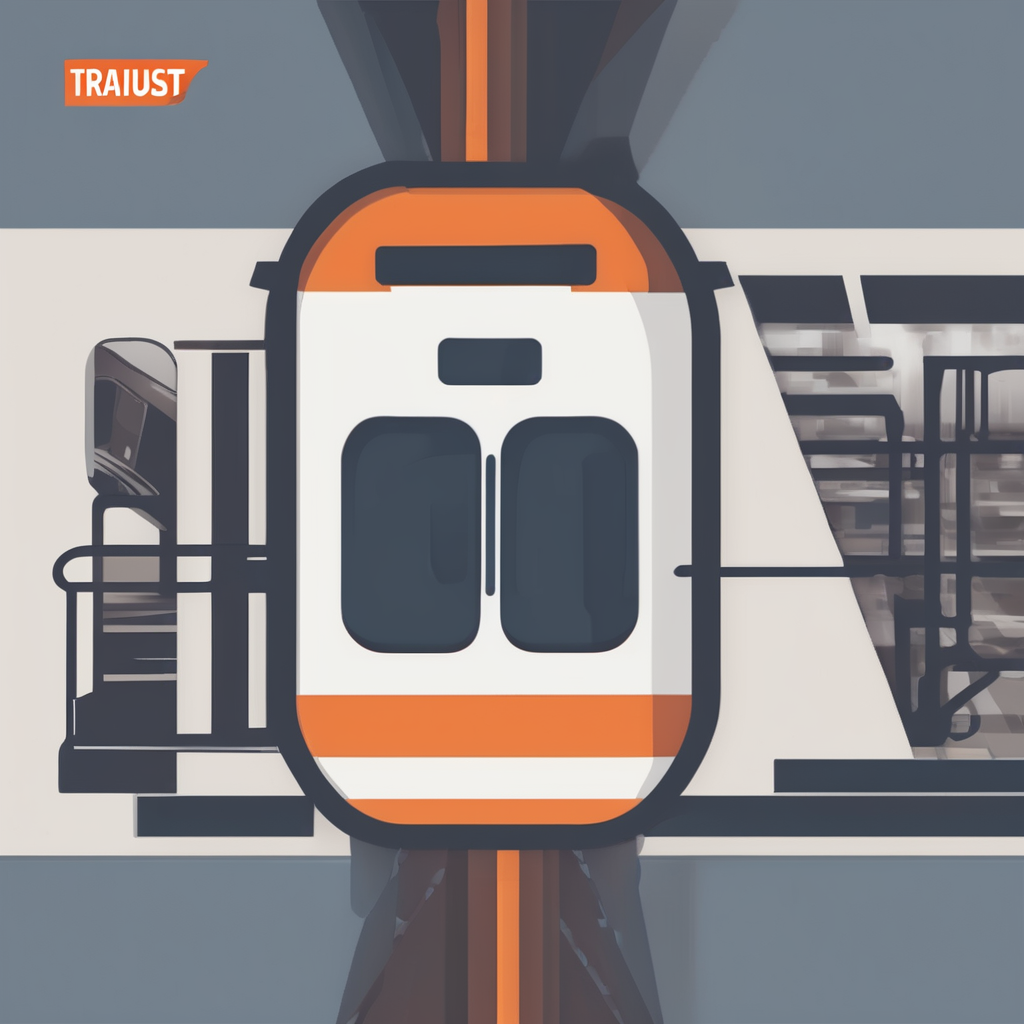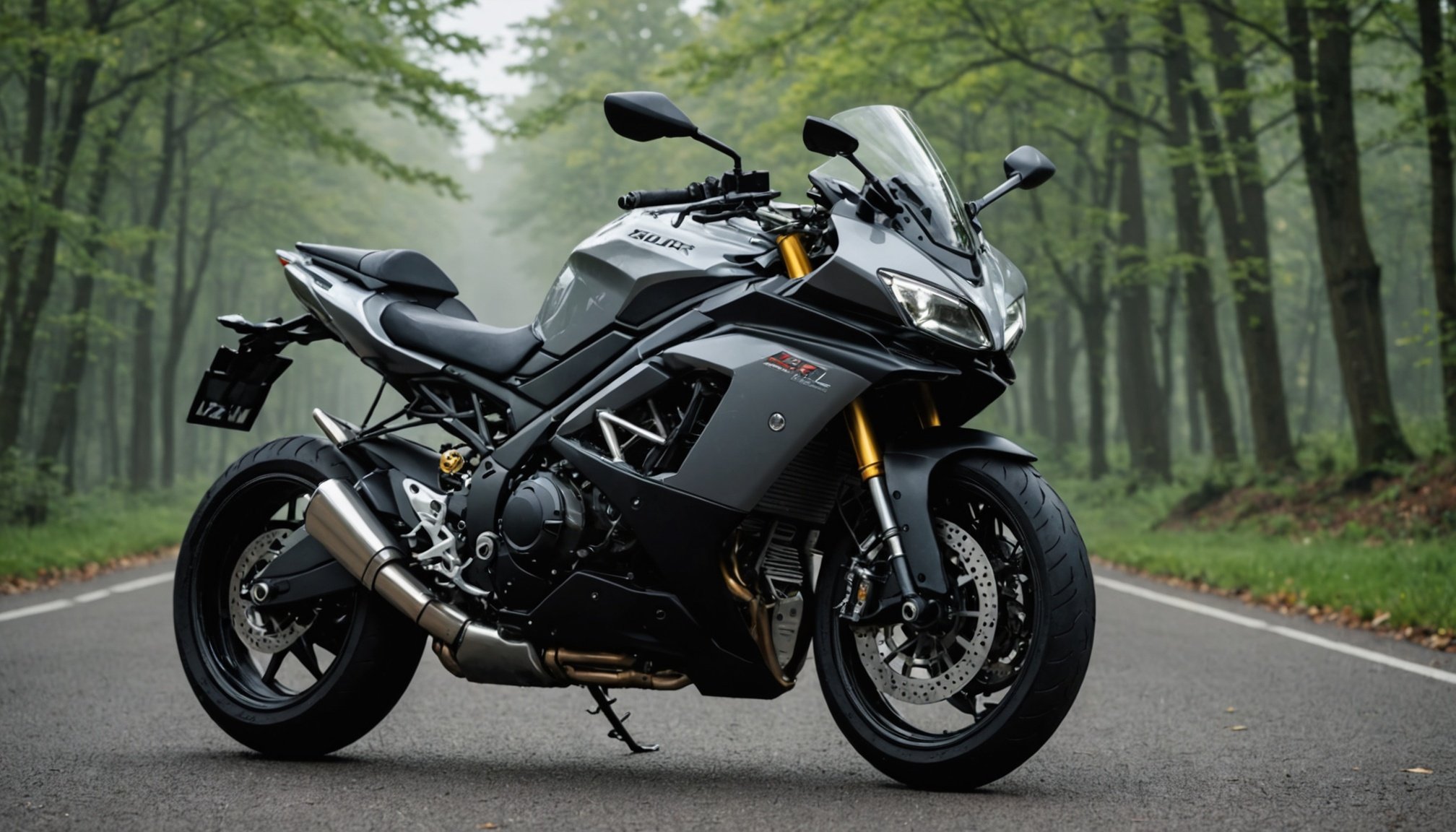Understanding the Importance of Auxiliary Lights for Sport Bikes
Sport bikes, with their sleek design and high speeds, require optimal visibility in various conditions, especially in the UK where fog is prevalent. Auxiliary lights significantly improve safety by enhancing visibility in such low-visibility conditions. These additional lights contribute to a rider’s ability to spot hazards earlier. This is crucial when navigating through fog, where standard headlights might fall short.
Nighttime and Low Visibility Riding
When riding at night or in foggy conditions, auxiliary lights can be a lifesaver. They complement the primary headlights by providing a wider and more focused beam pattern, illuminating areas that are otherwise left in shadows. This is particularly beneficial for sport bike safety, as it allows riders to better anticipate obstacles and take preventive actions. The more comprehensive light coverage enables riders to see further down the road, which reduces reaction times.
Also to see : Ultimate guide to riding sport bikes safely on slippery uk roads: top abs tips you need to know
Safety Benefits
The safety benefits of increased visibility on sport bikes cannot be overstated. In addition to making the rider more noticeable to other vehicles, these lights also help improve confidence and reduce the stress of night riding. By investing in quality auxiliary lights, riders can significantly enhance their safety while enjoying their sport bikes.
Types of Auxiliary Lights Suitable for Sport Bikes
Sport bike riders often face the challenge of choosing the right types of auxiliary lights to improve visibility without compromising the bike’s sleek aesthetic. LED lights are popular due to their energy efficiency and long lifespan. They provide bright illumination, making them ideal for enhancing sport bike safety.
Also to see : Discover and Ride: The Ultimate UK Motorcycle Tracks Guide for New Enthusiasts
Fog lights are specifically designed for low-visibility conditions and can significantly improve visibility in fog by emitting a wide, low beam that reduces glare and illuminates the road closer to the bike. This is particularly beneficial in UK fog conditions, enhancing safety and rider confidence.
When selecting auxiliary lights, consider the size, wattage, and beam pattern appropriate for your sport bike. Compact designs are preferable to maintain the bike’s aerodynamics. Wattage should balance between providing sufficient illumination and conserving battery life. A focused beam pattern is crucial for targeting specific areas, whereas a wide beam can illuminate a larger area. Brands like Denali and Baja Designs offer high-quality auxiliary lighting solutions that cater to these needs. By carefully considering these factors, riders can optimize their bikes for improved visibility and safety in various riding conditions.
Step-by-Step Installation Guide for Auxiliary Lights
Adding auxiliary lights to your sport bike can greatly enhance visibility and safety. Follow this guide for a seamless installation process.
Tools Required for Installation
Proper tools are crucial for installing auxiliary lights. You’ll need:
- Phillips and flathead screwdrivers
- Allen wrenches
- Wire cutters/strippers
- Drill (if drilling is required)
Having these tools will facilitate a smooth installation, ensuring secure and effective mounting of the lights.
Mounting Locations on a Sport Bike
Choosing the right mounting location is essential for optimal light performance. Front forks, handlebars, or crash bars are popular spots. Ensure the position does not obstruct other components and provides a wide beam spread. Each sport bike model may differ, so evaluate mounting options accordingly to maximize visibility.
Wiring and Electrical Connections
Accurate wiring is critical to avoid electrical issues. Follow these recommendations:
- Disconnect the bike’s battery before starting.
- Route wires neatly to the battery, avoiding sharp edges and moving parts.
- Secure connections with zip ties to prevent vibrations from loosening them.
Whether opting for a professional installation or a DIY approach, these steps will ensure your auxiliary lights enhance your riding experience.
Navigating UK Regulations for Auxiliary Lights
Comprehending UK regulations for auxiliary lights on sport bikes is crucial for ensuring compliance and avoiding legal troubles. The UK’s motorcycle lighting laws specify strict guidelines on the color, brightness, and placement of auxiliary lights to ensure they do not dazzle or confuse other road users. Auxiliary lights must emit white or yellow light only, with the brightness regulated to prevent glare.
It’s vital to keep auxiliary lights mounted at appropriate heights and angles. UK regulations generally dictate that lights should be positioned at the same level as the main headlights and angled downwards to avoid interfering with oncoming traffic. Attention to this detail helps prevent potential fines or points on the license due to non-compliance.
Failure to adhere to these regulations can result in penalties, including fines and points on your license. Additionally, insurance claims can be impacted if your sport bike does not comply with the legal requirements. Adopting regulated auxiliary lighting strongly supports sport bike safety by ensuring both rider and public protection. By staying informed about these regulations, sport bike enthusiasts can enjoy enhanced visibility without legal concerns.
Tips for Maintaining Auxiliary Lights
Ensuring sport bike safety and optimal visibility requires regular maintenance of auxiliary lights. Proper care prolongs their lifespan and enhances performance. Here are effective tips to keep your lights in top condition.
Routine Performance Checks
Conduct routine checks to ensure your auxiliary lights are functioning correctly. Inspect for signs of wear and discoloration, which may affect visibility. Check electrical connections regularly to prevent faults due to loose wiring or corrosion. Ensuring wires and connectors are intact helps maintain consistent performance.
Cleaning and Protection
Cleaning lights regularly prevents dirt accumulation that can reduce brightness. Use a soft cloth and appropriate cleaner to wipe lenses and housings, ensuring no abrasive materials scratch the surface. Applying protective coatings can shield against environmental damage, maintaining the lights’ clarity over time.
Signs Needing Repairs
Recognising early indicators of auxiliary lights needing repairs is crucial. Flickering lights, inconsistent brightness, or dimness suggest underlying issues. Act promptly to address these signs, as prolonged neglect can lead to more significant electrical problems. Replacing damaged components promptly ensures sustained visibility and safety.
With these maintenance tips, sport bike riders can enjoy the benefits of auxiliary lights for extended periods, maintaining confidence and safety during rides.
User Testimonials and Real-World Experiences
Exploring user reviews of auxiliary lights can be revealing. Many sport bike enthusiasts share overwhelmingly positive feedback on improved visibility and safety. Riders often report feeling more confident and secure when navigating foggy or night conditions, thanks to enhanced illumination. The added brightness helps them detect road hazards more swiftly, significantly boosting sport bike safety.
Positive Experiences with Auxiliary Lights
Riders frequently highlight how auxiliary lights outperform standard headlights under adverse weather conditions. Their experiences indicate a noticeable difference in visibility in fog, with lights penetrating dense fog layers effectively. A majority of users appreciate the powerful beam spread of quality models, noting an enhanced ability to spot road details.
Challenges Faced by Riders
Despite the benefits, some riders face challenges with initial setup and adjustment of auxiliary lights. Difficulty in aligning the beam pattern and complying with local regulations can frustrate some users. However, these hurdles are often surmounted through installation guides and seasoned riders’ advice.
Recommendations from Experienced Riders
To new users, experienced riders recommend investing in reliable brands known for durability and performance. They advise regular performance checks and ensuring compliance with regulations to maximise the lights’ effectiveness and legality—key factors in optimising the value of auxiliary lighting.
Visual Aids for Clarity and Engagement
Understanding how to install and maintain auxiliary lights on sport bikes can be greatly enhanced with the help of visual aids. These guides can simplify complex instructions, making them accessible to all skill levels.
Importance of Visual Aids
Visual aids, such as diagrams and videos, can bridge gaps between text instructions and practical application. They explain how to mount auxiliary lights correctly, illustrate wiring paths, and demonstrate routine maintenance steps. This visual clarity can prevent common installation mistakes and ensure sport bike safety and optimal visibility in fog conditions.
Types of Visual Content
- Diagrams: Useful for showcasing step-by-step mounting and installation.
- How-to videos: Offer dynamic demonstrations of wiring and maintenance processes.
- Visual guides: Provide a combined approach, mixing images and concise instructions for clarity.
Creating Effective Visual Guides
To create or source effective visual content, prioritize clear and high-quality imagery. Videos should be narrated with precise instructions, while diagrams should label every part involved in the installation or maintenance process. By integrating these visual aids, sport bike enthusiasts can confidently enhance their auxiliary lighting setup.











